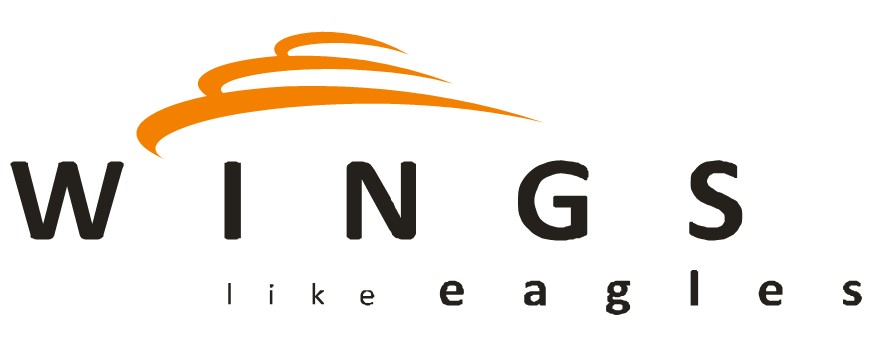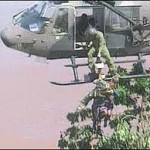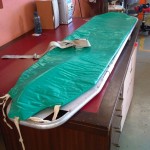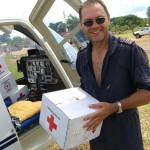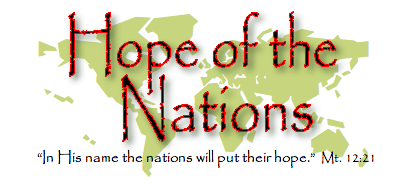Life Saving in Disasters
Life saving is the most urgent task in disaster response. So it is our first priority. In the 2019 response to Cyclone IDAI, the President of Mozambique himself said life saving was the first priority. Why?
- Because, for example, in the Asian tsunami about 80% of the fatalities occur in the first 24 hours.
- Also, many response organizations talk about the ‘golden hour’ for medical support. We may not always be able to help medical NGOs achieve that. But we do try to speed first aid into a disaster zone.
- A single doctor can detected measles at her clinic. After the Asian tsunami, in Aceh, she called for a cold chain to be established. This is a refrigerated logistics route. It was done by helicopter. And the result was a flow of the chilled vaccines that saved many lives.
Life Saving – bringing people out of danger
The biggest early issue is just to get people away from the immediate hazard. Surrounded by flood waters. Thirsty with no safe water. Hungry with no food. Pregnant with no privacy. With simple injuries but unable to help themselves.
Follow this link to see how this task works with this video of a Mercy Air helicopter with the gallant people of Rescue South Africa. Or look at this press report.
They were very appreciative of our work:
Adrian,
Having our team work with you was a privilege – and the opportunity you gave Connor and Travis to work with you and learn from your vast experience was highly appreciated. They both mentioned what a steep learning curve this mission provided them, and we cannot thank you enough for this.
The access you provided to the helicopter, as well as the highly skilled crew, allowed our team to make some spectacular rescues.
Ian Scher, CEO of Rescue South Africa
Life Saving – medical evacuation
We have a stretcher equipped helicopter to help us lift people in emergencies. We do not have to be an air ambulance to lift people in urgent need of care.
However, the pilot needs to be alert to the experience of the Helicopter Emergency Medical Services. They provide life saving support every day. But it can be some of the most demanding flying in the world.
Lessons from life saving evacuation
We need to learn their lessons. For example:
- Pre-flight checks and briefings can be rushed and incomplete.
- The desire to pick up the casualty as close to the incident as possible may make the landing take un-necessary risks.
- There are people operating near the helicopter who may not be familiar with the risks.
- Special stretchers are used. The casualty needs to be safely transferred to the stretcher.
- Depending on the medical emergency, the take off, flight and landing may need to be adjusted.
- Desiring to get close to the hospital may also result in landing in non-ideal places.
So, we ask for enough experience in our pilots, so that they can manage these issues properly. And our pilots need to be able to change to this role quickly and safely. Then, they can evacuate people properly. We show how we got our helicopter ready for it in our news bulletin.
Life saving – fly medical staff in
This is a far more efficient way of saving lives. Fly medical staff into a disaster zone; not sick individuals out. Why? Having medical staff in affected areas gives whole communities access to better health care after the disaster. After the 2005 tsunami, the medical care in some parts of Sri Lanka improved so much that no one died for a few months.
So, we fly in medical teams and move them around. This is a vital part of the early response.
We also fly in medical stores. This aid supports community nurses and NGO medical staffs.
We thank Humedica who helped us with costs in our 2007 response. They paid for the medical packs in this picture.
No air ambulances in disaster zones
There are often no air ambulances in disaster zones. If you live in ‘the west’ you probably have that sort of service near you.
But you can help! Help us provide this sort of life saving support to people in disaster zones. Why not donate here? If you still have questions, why not contact us? We will be very happy to answer any questions.
